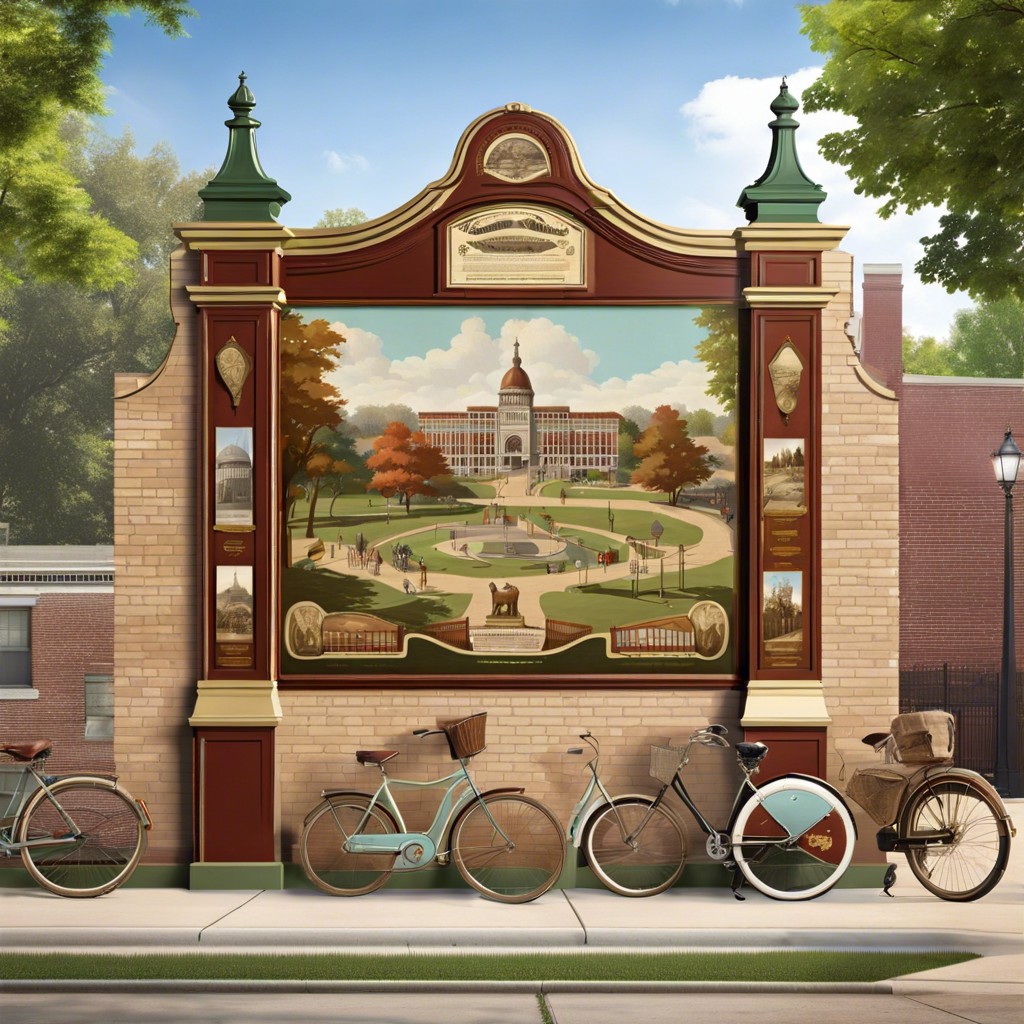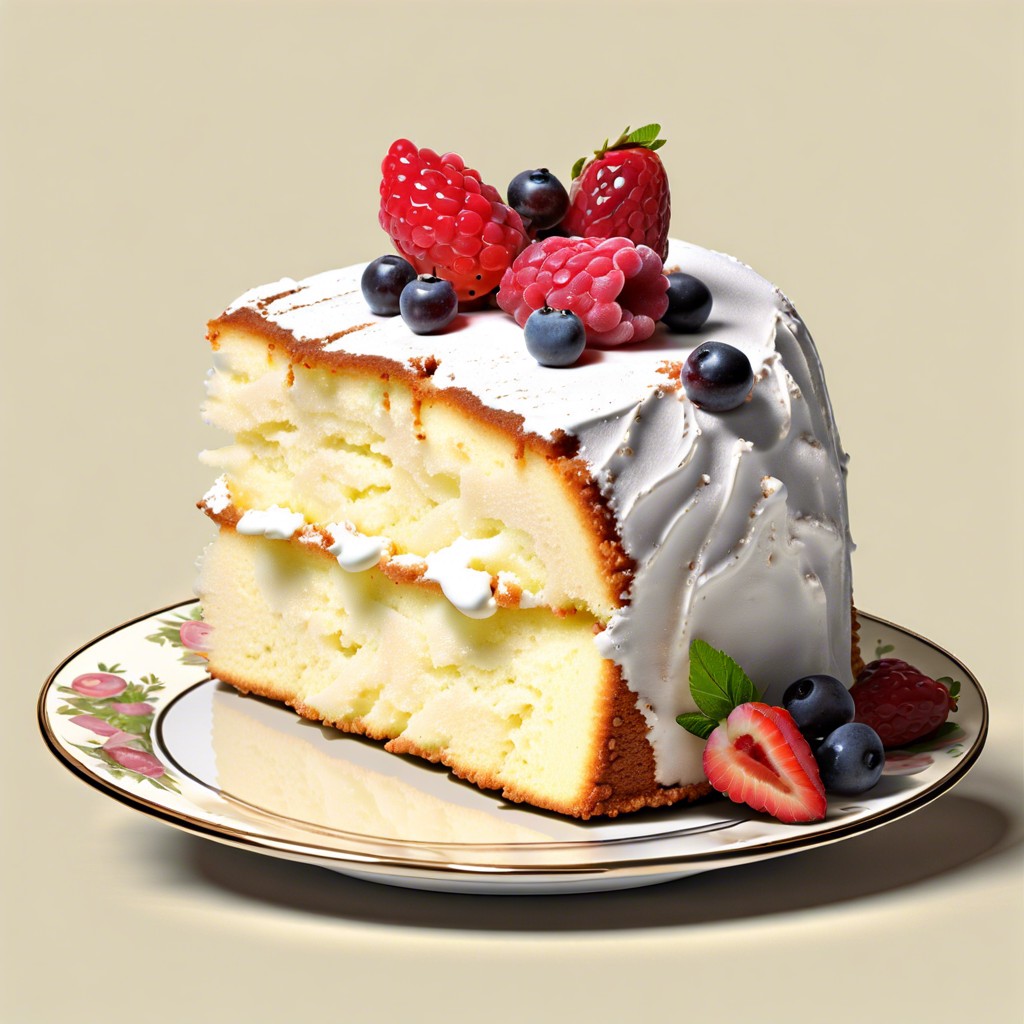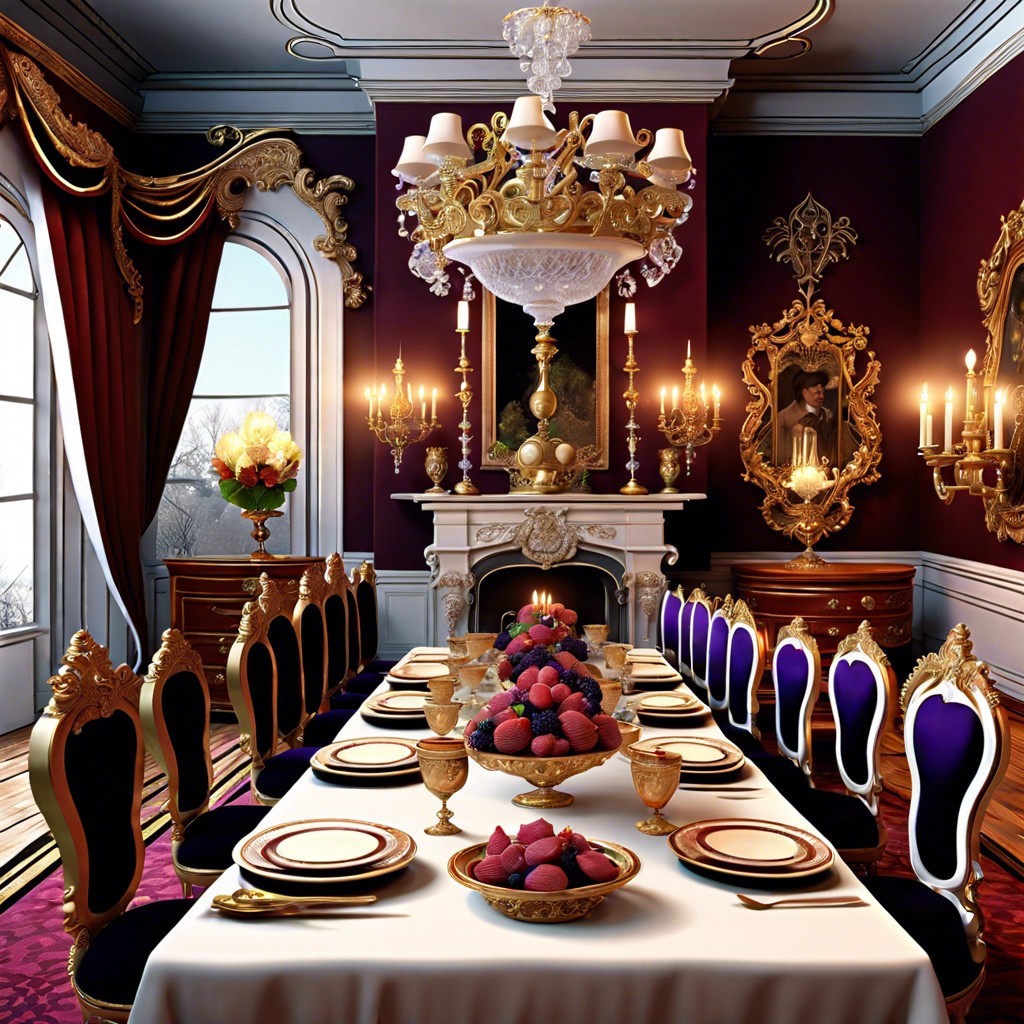Last updated on
Discover how vintage ads not only reflected the social norms of their time but also shaped modern advertising techniques.
Key takeaways:
- Vintage ads reflect societal norms and cultural transformations.
- Gender roles in vintage ads evolved over time.
- Art and design in vintage ads reflect the aesthetics of the era.
- War and politics influenced the content of vintage ads.
- Vintage ads employed psychological strategies to influence consumer behavior.
Cultural Reflection and Shifts in Vintage Ads
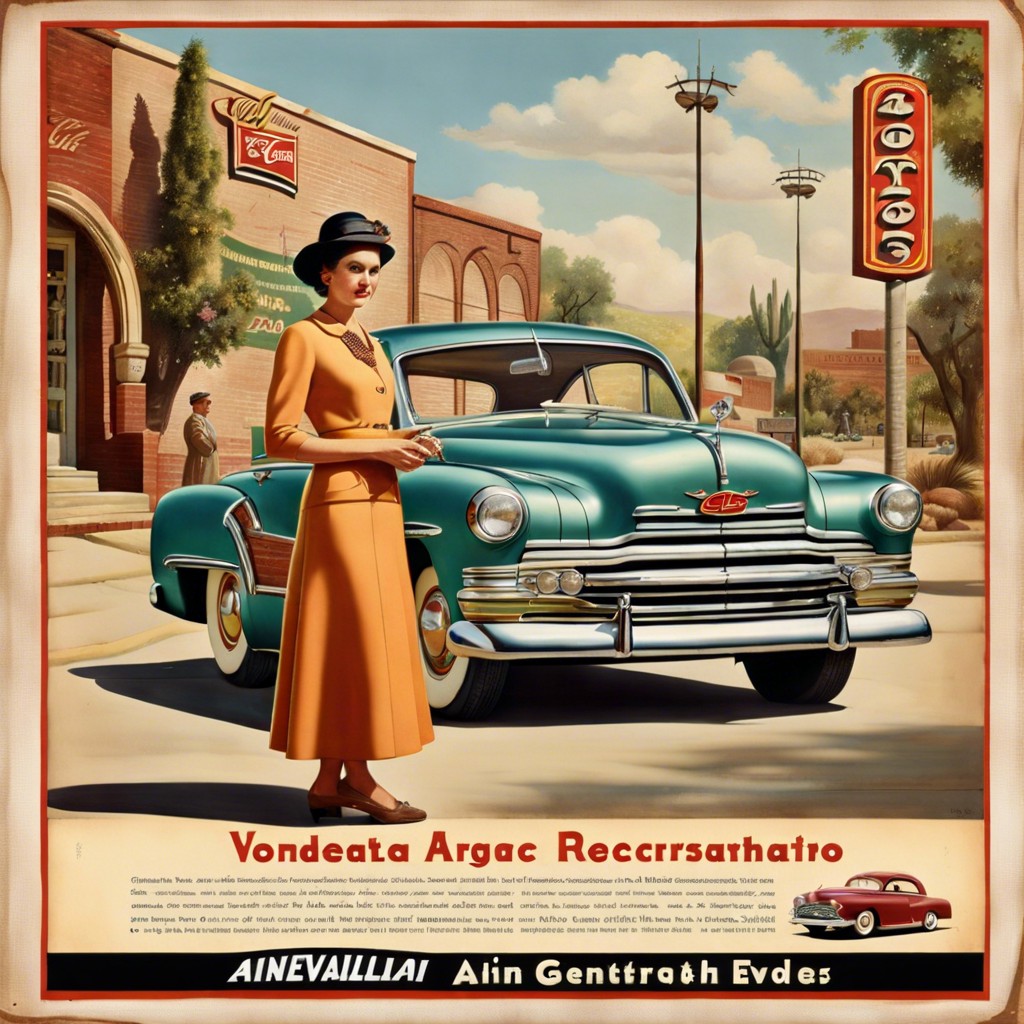
Vintage advertising serves as a historical mirror, encapsulating the societal norms and values of its time. Analyzing these ads allows us to trace shifts in collective consciousness and major cultural transformations.
- Ads from the early 20th century often reflect a society steeped in patriarchy, with women depicted in domestic roles, emphasizing a culture of homemaking and motherhood as the feminine ideal.
- During the Roaring Twenties, advertising began to showcase the flapper lifestyle, symbolizing a break from traditional constraints and highlighting the era’s economic prosperity and cultural liberation.
- The Great Depression era brought about ads that were less opulent, focusing instead on reliability, durability, and value—traits that resonated with consumers facing economic hardship.
- The post-war boom of the 1950s resurrected the domestic ideal for women but also hinted at the emergent consumerism and the importance of keeping up with the Joneses, showcasing an acceleration in material affluence.
- The Civil Rights Movement and the Women’s Liberation Movement in the 1960s and 70s were reflected in advertising through more diverse representation and a gradual shift towards gender-neutral messaging.
Understanding these cultural shifts not only informs us about the history of advertising but provides insights into the changing landscape of societal values and expectations.
Evolving Gender Roles and Stereotypes in Vintage Ads
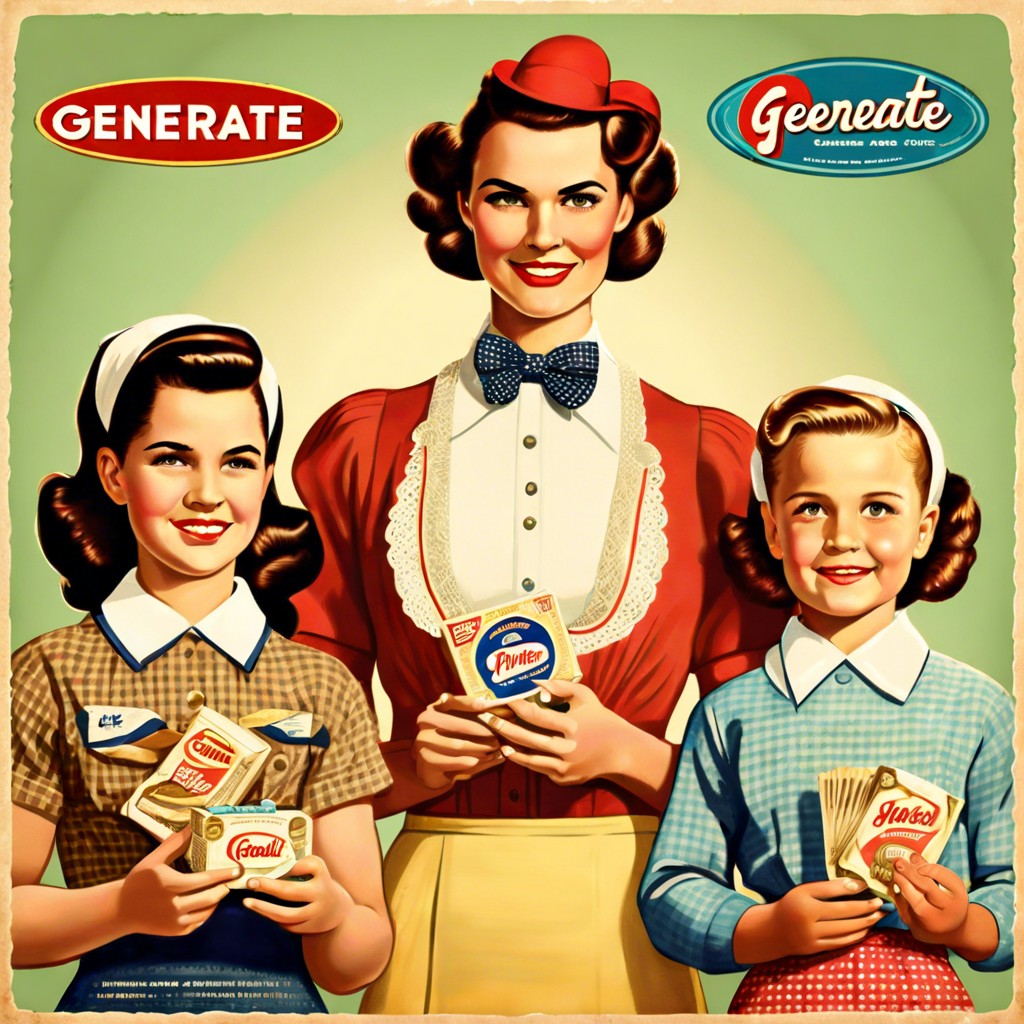
The portrayal of women in vintage ads often reflected the societal norms of the era, typically placing them in domestic roles. Early 20th-century advertisements frequently featured women as homemakers endorsing kitchen appliances and cleaning products. This implied that their primary responsibilities were tied to home maintenance and nurturing the family.
Conversely, men were depicted as the breadwinners, shown in authoritative roles or enjoying leisure activities. Ads often emphasized their decision-making power and strength, underlining the then-dominant male social status.
As the decades passed, however, ads began to hint at changing gender dynamics. The women’s liberation movement of the 1960s and 1970s, for example, brought a noticeable shift. Advertising started to portray women in more diverse and empowered roles, from professionals to independent individuals making significant life choices.
Advertisements today continue to evolve, striving for more balanced and nuanced representations of gender roles. However, the echoes of bygone eras can still be discerned, offering a window into the gender-based ideologies that have shaped society.
Art and Design in Vintage Advertising
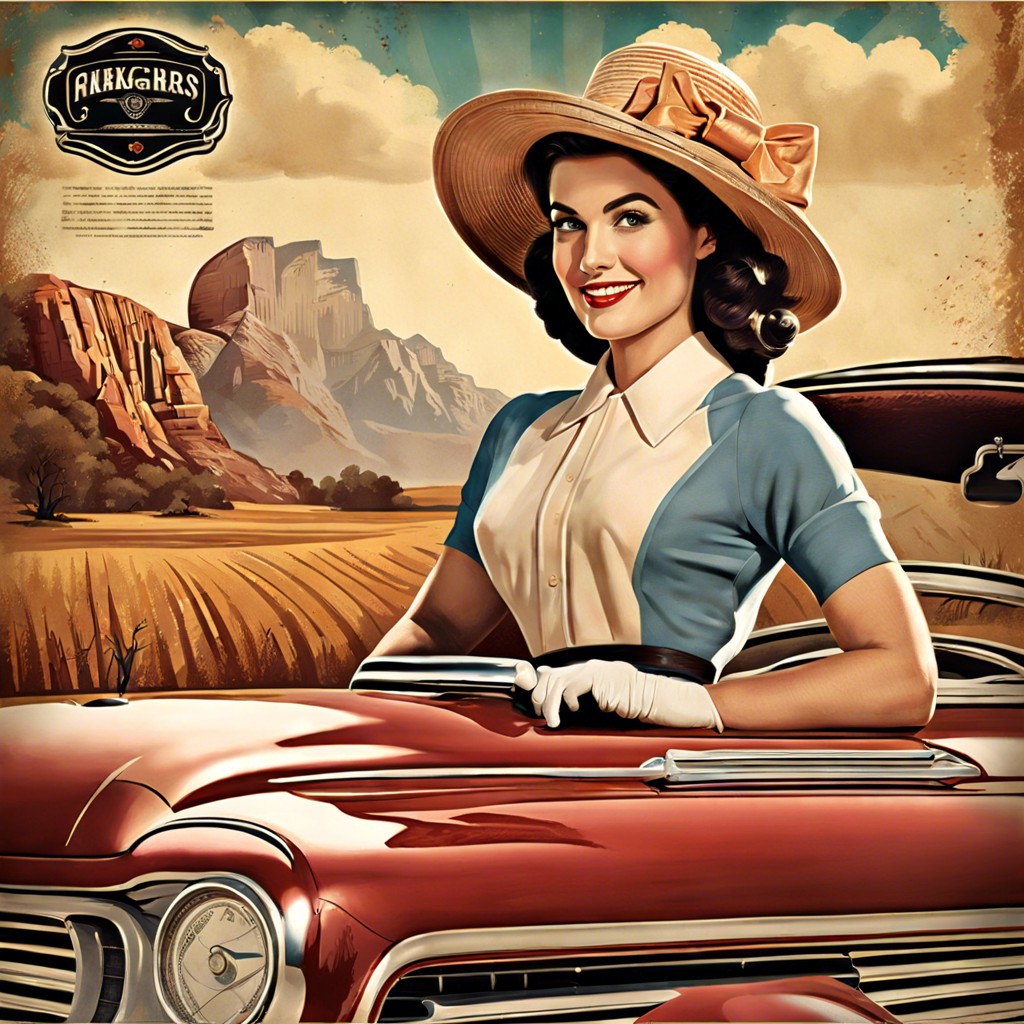
Vintage advertisements are remarkable time capsules of art and design, reflecting the aesthetics and values of their respective eras. The Art Deco movement, with its geometric shapes and bold lines, heavily influenced ads of the 1920s and 1930s, underscoring a sense of luxury and modernity. During the 1940s and 1950s, the emergence of Mid-Century Modern design injected minimalism and organic forms into advertising artwork.
Artists and illustrators like Norman Rockwell and Haddon Sundblom contributed significantly to narrative-driven advertisements by creating relatable scenes and characters, such as Sundblom’s iconic Santa Claus for Coca-Cola. Their work not only sold products but also became deeply ingrained in popular culture.
The use of color psychology was strategic; bright and vibrant colors were often employed to capture attention and convey certain emotions or product qualities. Typography in vintage ads was not just practical but also artistic, with hand-drawn lettering adding a personal touch that differentiated brands.
Psychedelic art influenced ads in the late 1960s and 1970s, signifying cultural rebellion and the counterculture movement. This period saw a departure from traditional layouts in favor of irregular type and swirling patterns, aligning with the music and fashion of the time.
Through these various art movements and design choices, vintage advertising not only promoted products but also shaped aesthetic trends and public taste.
The Influence of War and Politics On Vintage Ads
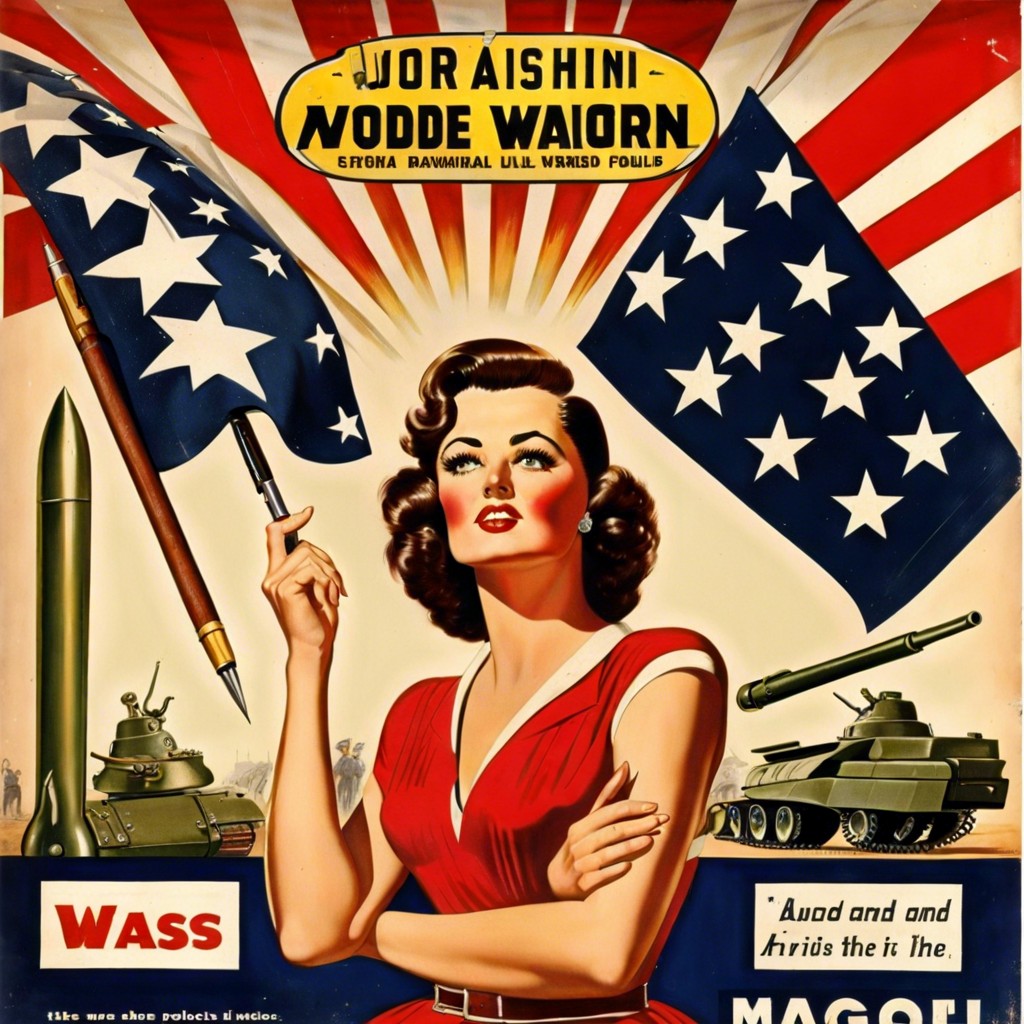
During periods of conflict, vintage advertisements often become infused with patriotic themes. Posters encouraged support for the war effort, featuring bold imagery and slogans that emphasized national unity and sacrifice. For example, World War II ads commonly promoted war bonds and rationing, while enlisting emotional appeal through depictions of soldiers and national flags.
Political climates also shaped ad content. The Cold War era saw advertisements laced with anti-communist sentiment, promoting the virtues of capitalism and the American way of life. Consumer goods were advertised not just on their merits but as symbols of democracy and freedom.
Moreover, the political movements of the 1960s and 1970s, such as civil rights and environmentalism, saw brands aligning themselves with the public sentiment, highlighting social responsibility and inclusiveness. This shift signaled an important turn in advertising where social and political consciousness began to meld with commercial messaging.
While the explicit intent of these ads was to sell products or services, they inadvertently chronicled the prevailing attitudes and societal priorities of their times, offering a lens through which to view historical values and beliefs.
Advertising Strategies: The Psychology Behind Vintage Ads

Vintage advertisements often leveraged core principles of human psychology to influence consumer behavior. Color psychology was applied to elicit specific emotions, with reds to provoke excitement, and blues for trust. Repetition served to imbed product names into the public consciousness, relying on the mere-exposure effect, which posits that people tend to develop a preference for things merely because they are familiar with them.
Scarcity was another tactic, suggesting limited availability to create urgency. This capitalized on loss aversion, as people inherently wish to avoid missing out. Testimonials and endorsements by celebrities and experts aimed to build trust and credibility, harnessing the principle of social proof where individuals look to others to guide their own decisions.
The application of aspirational messages, suggesting that products could enhance lifestyle or status, catered to people’s self-fulfillment and esteem needs as outlined by Maslow’s hierarchy. Appeals to rationality with detailed product information and comparison with competitors targeted the logical aspects of decision-making.
Collectively, these strategies were not only persuasive in their time but also shaped the foundations of modern advertising practices.
